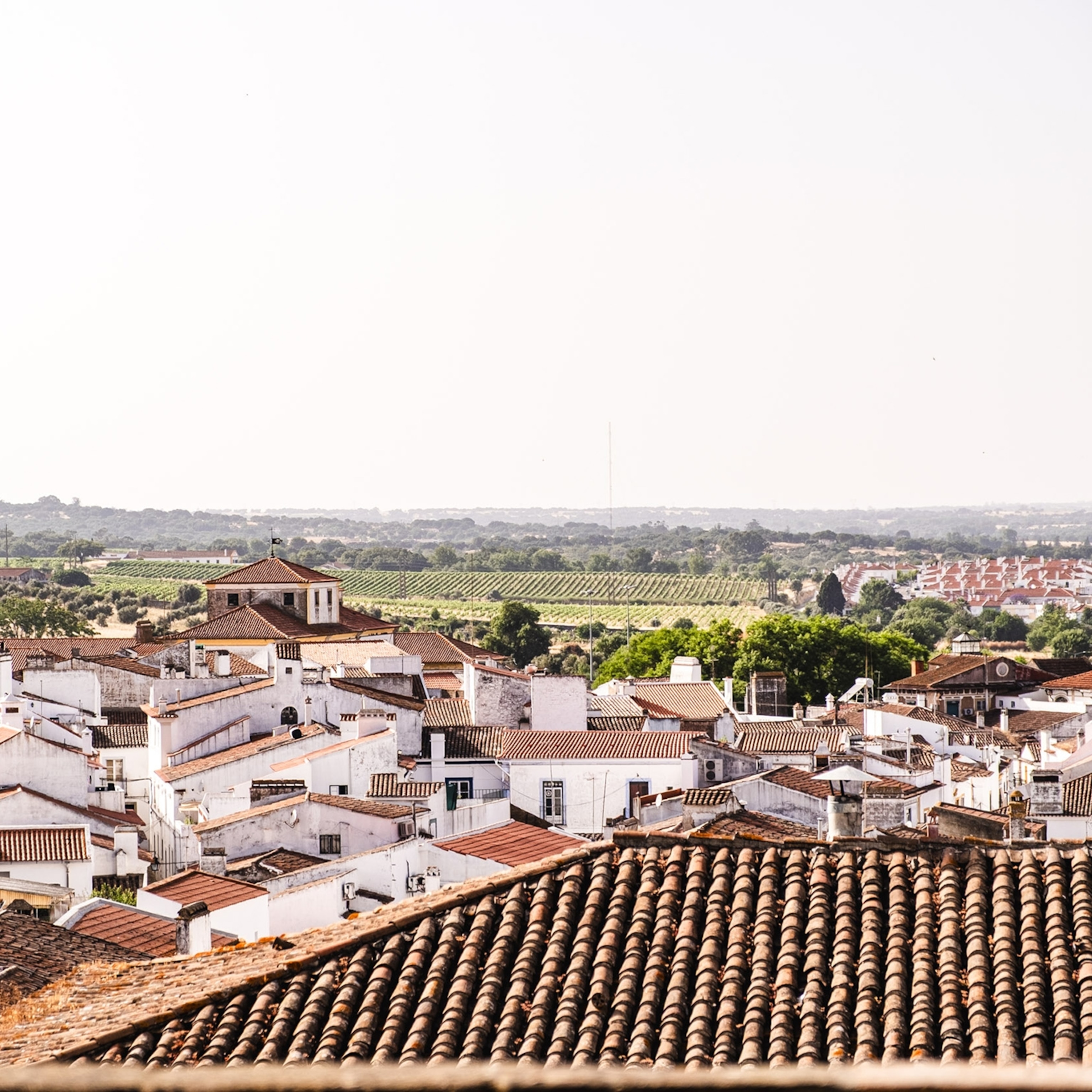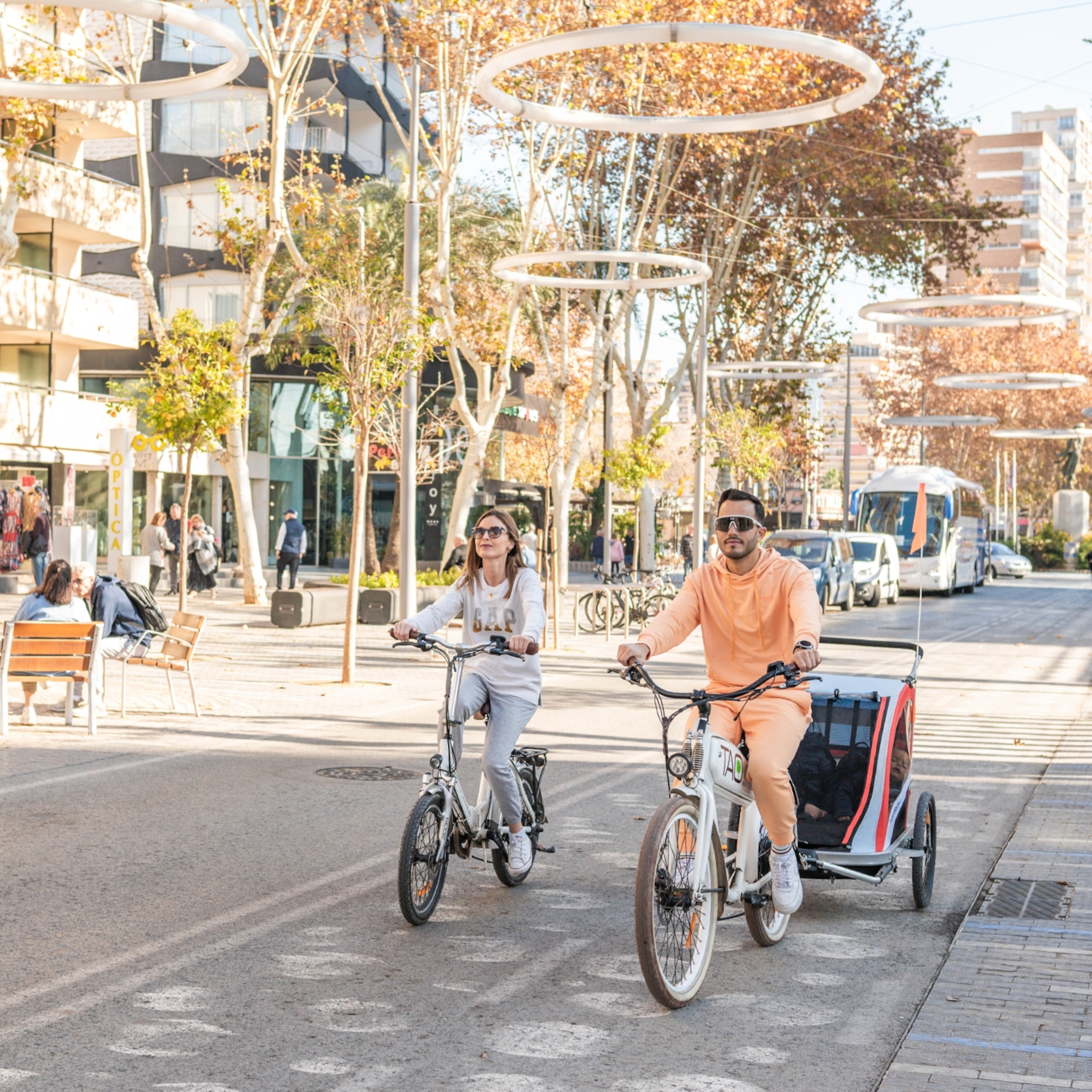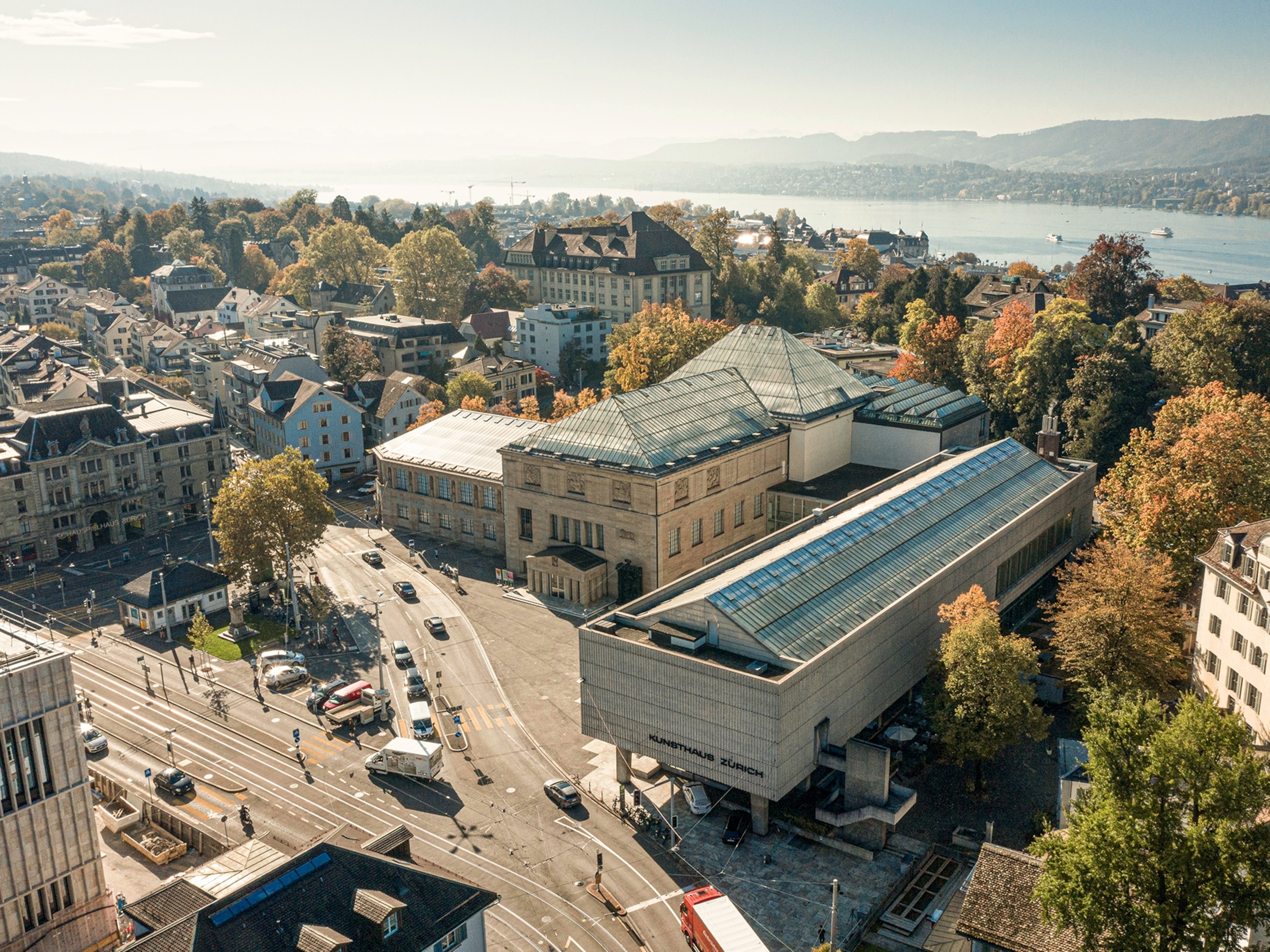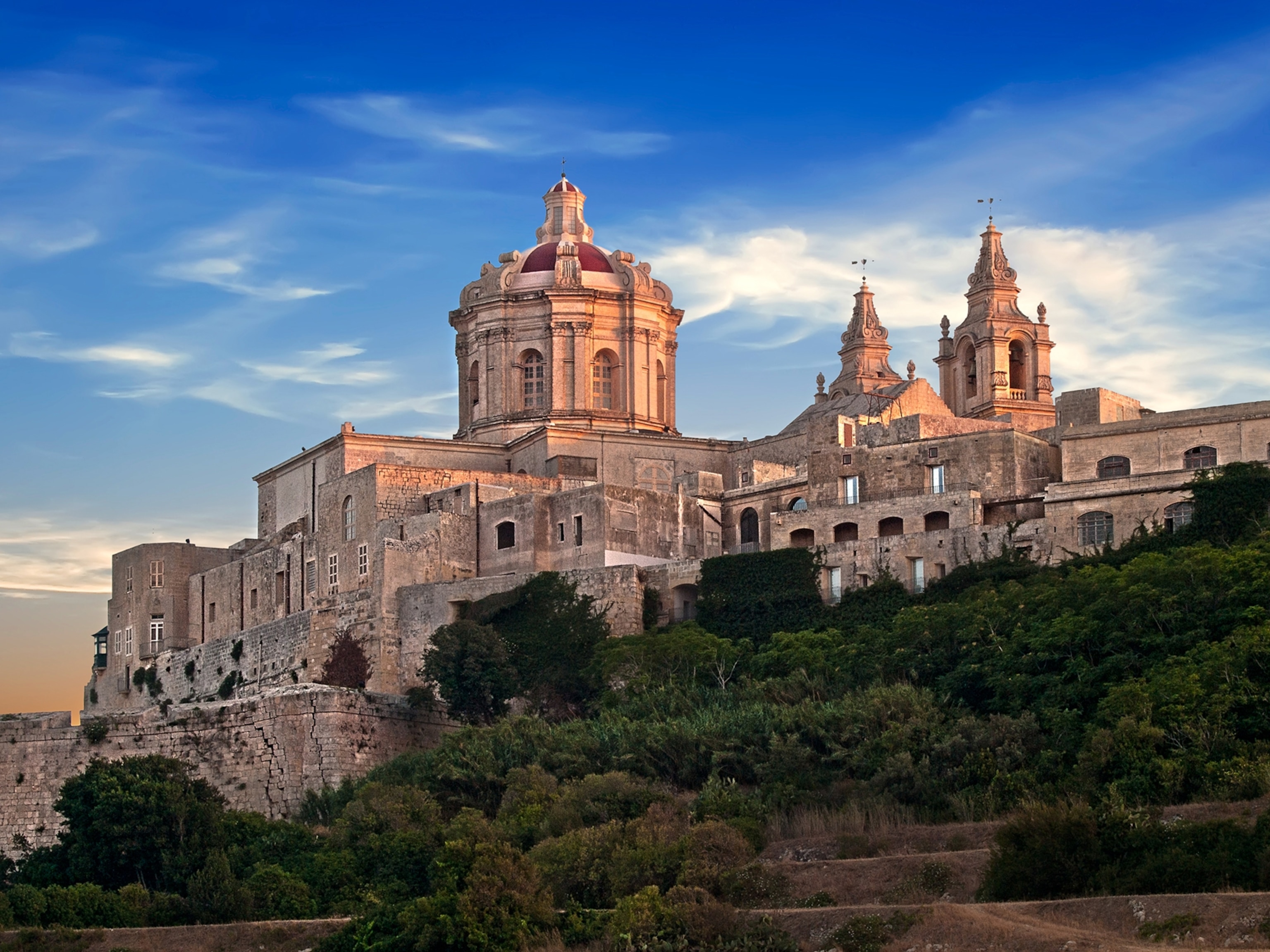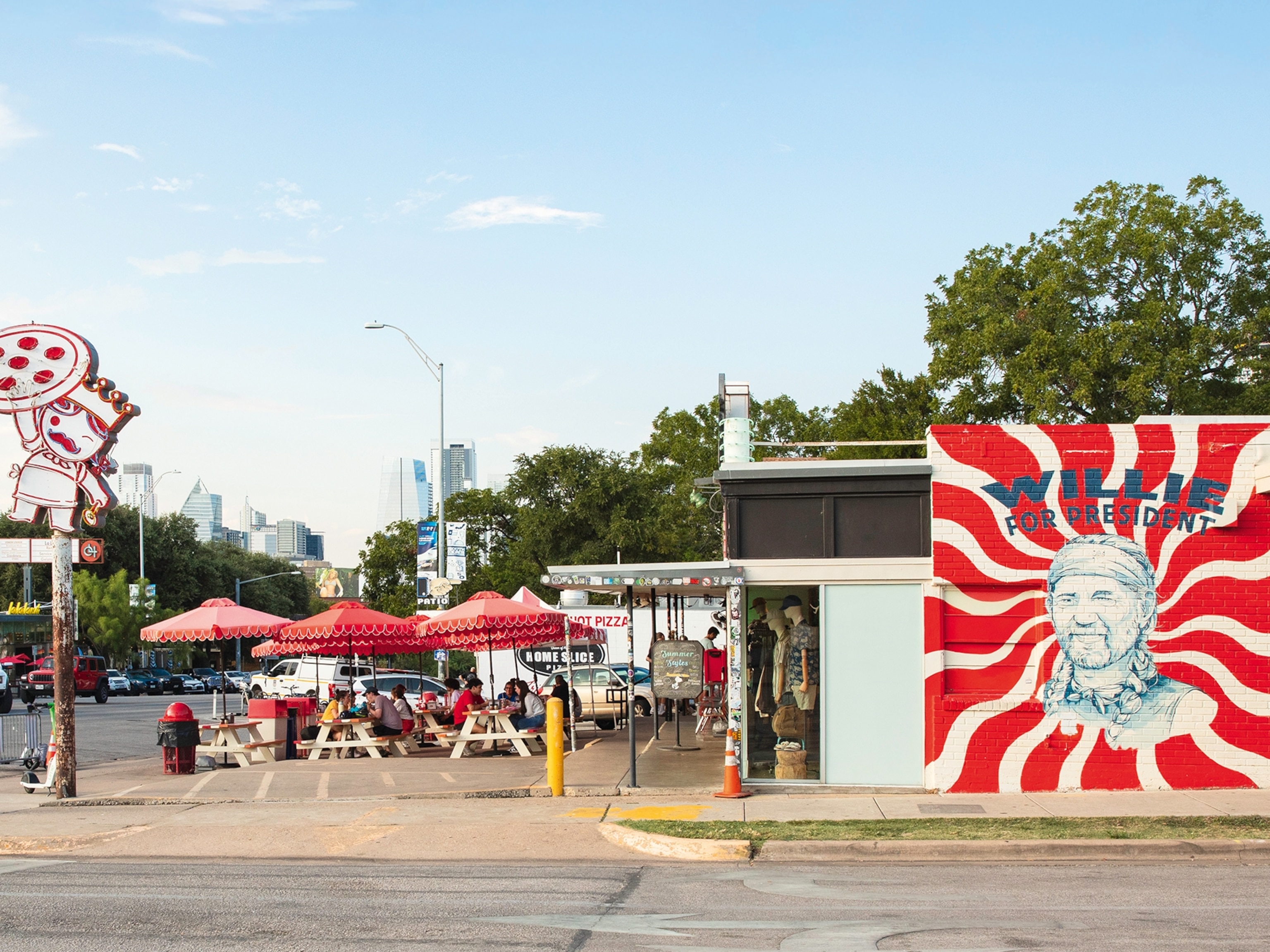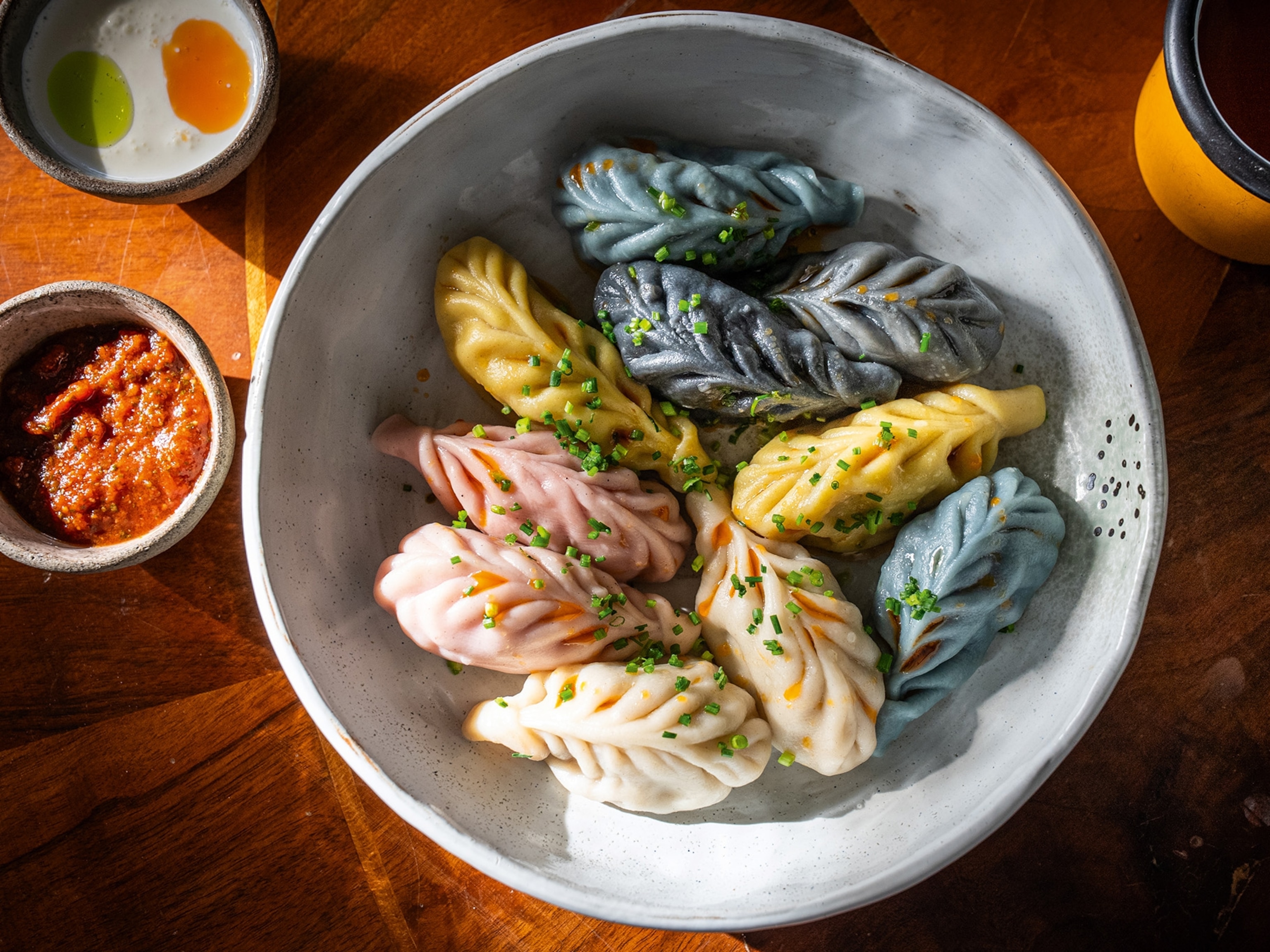
A guide to Genoa, the Italian city championing street food, art and centuries of history
Once a grand maritime republic, this Italian city impresses with its medieval core, lavish palazzi and steep topography, forever gazing out across the Mediterranean.
It rivals Florence for Renaissance-era palaces, Venice for medieval alleyways and Naples for its prime Mediterranean position. It’s a city that lives its history instead of calcifying it into museums; where takeaways sell farinata crepes (the recipe for which hasn’t changed in centuries), shops are slathered in frescoes, and antique public lifts whisk you through the centuries, picking you up in La Belle Époque and dropping you in the Renaissance.
So why isn’t Genoa better known? After all, 200 years ago it was a prime stop on the Grand Tour. Everyone from Charles Dickens to Mark Twain passed through; Mary and Percy Bysshe Shelley set up home nearby. But fierce post-war industrialisation and urban planning knocked Genoa’s status as a cultural hub on the head. Today, its port eclipses almost everything else.
But the past is still here. Cruise ships cast off from docks beside the Porto Antico, where a young Christopher Columbus first got a taste for seafaring. It’s now a pedestrianised waterfront, redeveloped with shops and restaurants by Renzo Piano, the architect famous for designing, among other landmarks, Paris’s Centre Pompidou and London’s Shard. Beyond the flyover, which severs sea from city, lies what’s believed to be Europe’s largest medieval city centre. Here, narrow alleyways, called caruggi, rollercoaster over the steep hillsides, curling around one another like a tangled ball of string. Jewellery-box churches perch on stilt-like staircases in cramped piazzas; the palaces of the great and good squash together on street corners.
Genoa is a city of layers. Due to its cliffside location, its historical strata are racked up the hillside, like a live archaeological dig. First comes the centro storico (historic centre), the heart of the medieval maritime republic that earned Genoa the nickname ‘La Superba’ (‘the proud one’) and made its citizens wildly rich. The locals’ palaces were so lavish that a list of those worthy to host visiting dignitaries was compiled. In 1599, there were 150. Today, the 115 remaining ‘Rolli Palaces’ are shops, bars, hotels and museums — and some are still grand homes.
Level two? The Renaissance period, during which those nouveau-riche citizens built the Strada Nuova, or ‘new road’, above the city centre, to access their huge, garden-backed villas. From there, a lift whirls you up to the 19th-century suburbs; while entering the ‘modern’ part of town above the centro storico spins you forward 100 years, offering a captivating mix of liberty style and brutalism. At every turn, La Superba unrolls a red carpet of history and drama for its visitors.

Seven of the best things to do in Genoa
1. Centro Storico: Europe’s largest medieval city centre is pretty much as it was in its prime, with painted Renaissance palaces rammed up against each other in the alleyways. Don’t miss Campetto, a small square where shops now occupy said palaces, or San Matteo, the small church built by the Doria, one of Genoa’s most important families. Refurbished by Michelangelo’s student Montorsoli (you’ll see the master’s influence in the gigantic sculptures), it has a charming little cloister and a stuccoed staircase leading down to the crypt, where the Doria family is entombed.
2. Palazzo Reale: Genoa has never had a royal family, but it does have a royal palace, built in the 17th century with a gilt-swathed hall of mirrors echoing the one in Versailles. Check out the art collection, including Van Dycks and Tintorettos, then exit via the sprawling balcony for great vistas across the city, port and Mediterranean.
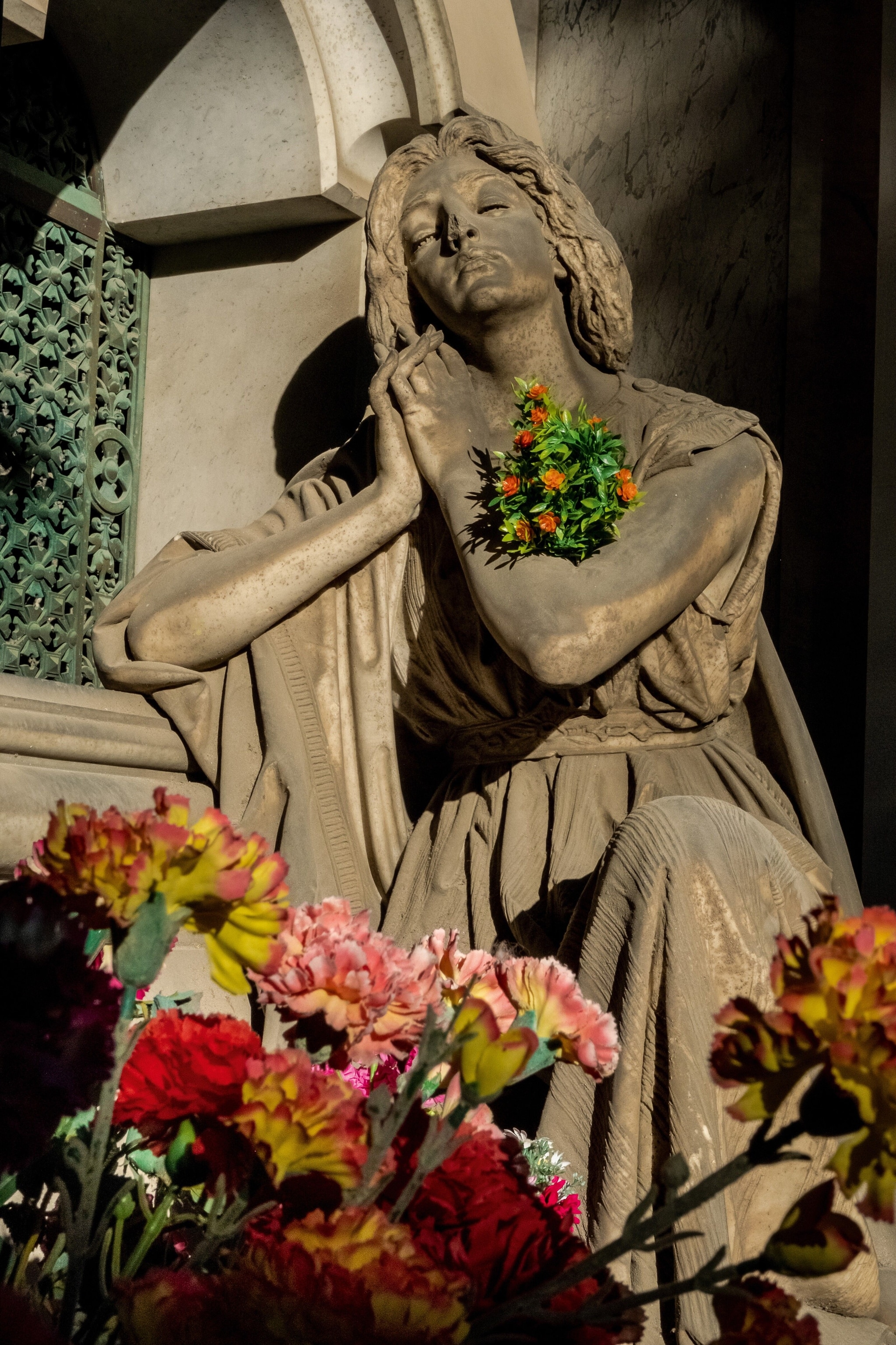
3. Strada Nuova: Walk Via Garibaldi on a weekday, when the shops and banks located in the city’s grandest Renaissance palazzi are open for business as well as curious visitors. Among the most striking are number 5, occupied by Deutsche Bank, and Palazzo Lomellino at number 7. The latter is still the residence of a well-to-do family, but hosts tours on the first Saturday of the month to show its 17th-century New World frescoes — including portraits of Native Americans — by Bernardo Strozzi.
4. Boccadasse: Pick up the Corso Italia promenade, walk east alongside the Mediterranean for 40 minutes, and you’ll end up in Boccadasse, a small fishing community famous for its brightly coloured houses that tumble around a bite-size bay. Your passeggiata will take you past swaggering early-modern palazzi, pebble beaches and picturesque fishing boats drawn up on the shore. Treat yourself to a gelato or a spritz on arrival.
5. Galata Museo del Mare: In the port’s original shipyard, this first-rate museum covers La Superba’s history, including an entire floor telling the story of Italian emigration in the 19th century. On the way, check out the Porto Antico, which in 1992 was transformed by architect Renzo Piano into a visitor hub, with marinas, a panoramic lift and a lush biosphere hovering on the water.
6. Cimitero Monumentale di Staglieno: Genoa’s 19th-century cemetery is a jaw-dropping repository of art, where a neoclassical temple is surrounded by supersize, astonishingly realistic sculptures of the dead and their mourners on the tombs.
7. Castelletto: Take the art nouveau lift (grafted into the cliffside just behind Strada Nuova) to Castelletto, an elegant 19th-century district dangling above the city centre. Fringed by pines, the spianata (esplanade) has sweeping views over the centro storico and sea beyond.
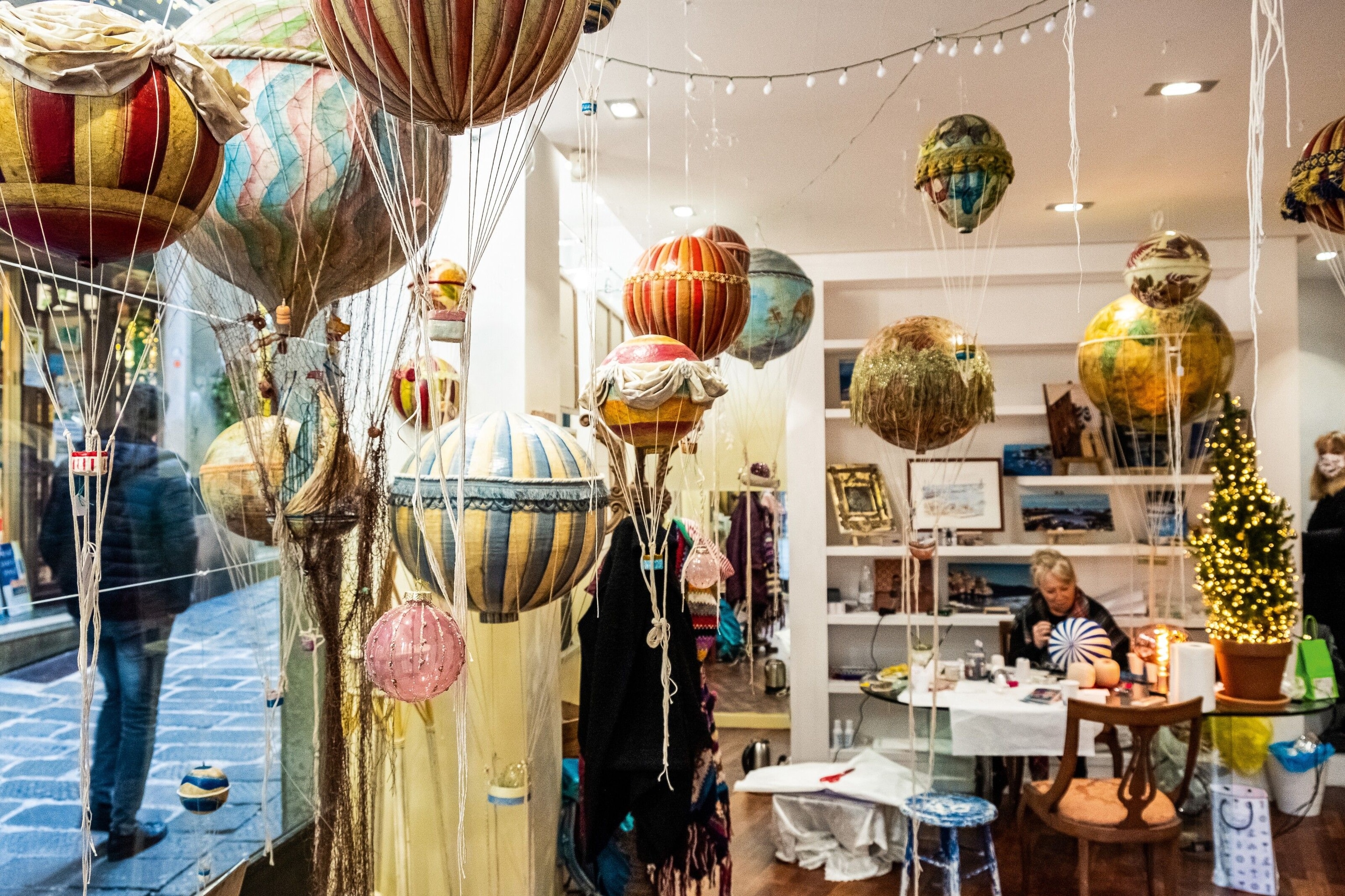
Where to go shopping
Via Garibaldi 12: This Rolli Palace houses Genoa’s slickest interiors shop, where jewel-like homewares sit amid grand columns, stuccoed walls and a glittering hall of mirrors, as well as a sofa by late architect Zaha Hadid. Not that everything is expensive — the Bagnara family make a point of covering all price points, with kitchen accessories from €10 (£8).
Romeo Viganotti: As a trading hub, Genoa was early to the chocolate game. The Viganotti family started handcrafting chocolates in 1866 and their 19th-century machinery is still used today by the Boccardo family, who continue the Viganottis’ original praline recipes while also furnishing the shelves with modern treats, such as spice-infused chocolate discs.
Officina: Alessandra Colla and Angelica Luccatini began upcycling to deal with lockdown boredom. They turned out to be so good at it that they’ve opened this cabinet of curiosities, turning old boxes into picture frames, driftwood into lamps and old corking machines into coffee tables.

Where to eat
Sa’ Pesta: This salt warehouse morphed into a fast food joint during Genoa’s trading heyday, and today retains its 19th-century interiors and menu with few changes. Antonella Benvenuto and her siblings fire classic Genoese street food — including farinata (chickpea pancake), torta di riso (savoury rice flan) and vegetable torte (quiche) — on vast copper pans in a traditional low-roofed oven.
Enoteca Migone: The noble Doria family used to dine at this tavern a few hundred years ago (San Matteo church stands opposite). Today, it’s part cavernous wine shop and part restaurant, serving Genoese classics such as cod stewed in potatoes and olives, overseen by locally beloved Silvia and her parents.
Le Rune: This innovative restaurant, overlooking a funicular climbing up the cliffside, takes Genoese tradition and updates it. It also serves dishes from across Italy, such as Venetian-style risotto, and even a take on a French tarte tatin. Don’t miss the homemade focaccia.

Three of the best hotels
Valéry Guest House: This B&B has possibly the best city views in town, encompassing the urban centre, the sea and the brightly coloured parrots that live in the trees around the esplanade. The two soothing, retro-rustic rooms are beautifully furnished, while breakfast, served in the kitchen, is generous and fresh.
Palazzo Grillo: The grand marbled staircase and frescoed ceiling in the lobby here give you a hint — this was, of course, a Rolli Palace. Today, the Grillo family’s old home has been turned into 25 guest rooms, and it’s worth asking for one of those with a glorious view over the neighbouring church. Breakfast is served in glorious fashion on the rooftop terrace.
Meliá Genova: It may be a chain, but this swish five star in Carignano — a quick lift ride above the new town — is the most elegant place to hang your hat in Genoa. Set in a 1929 rationalist palazzo, it offers every luxury, from an indoor pool to a rooftop hot tub.
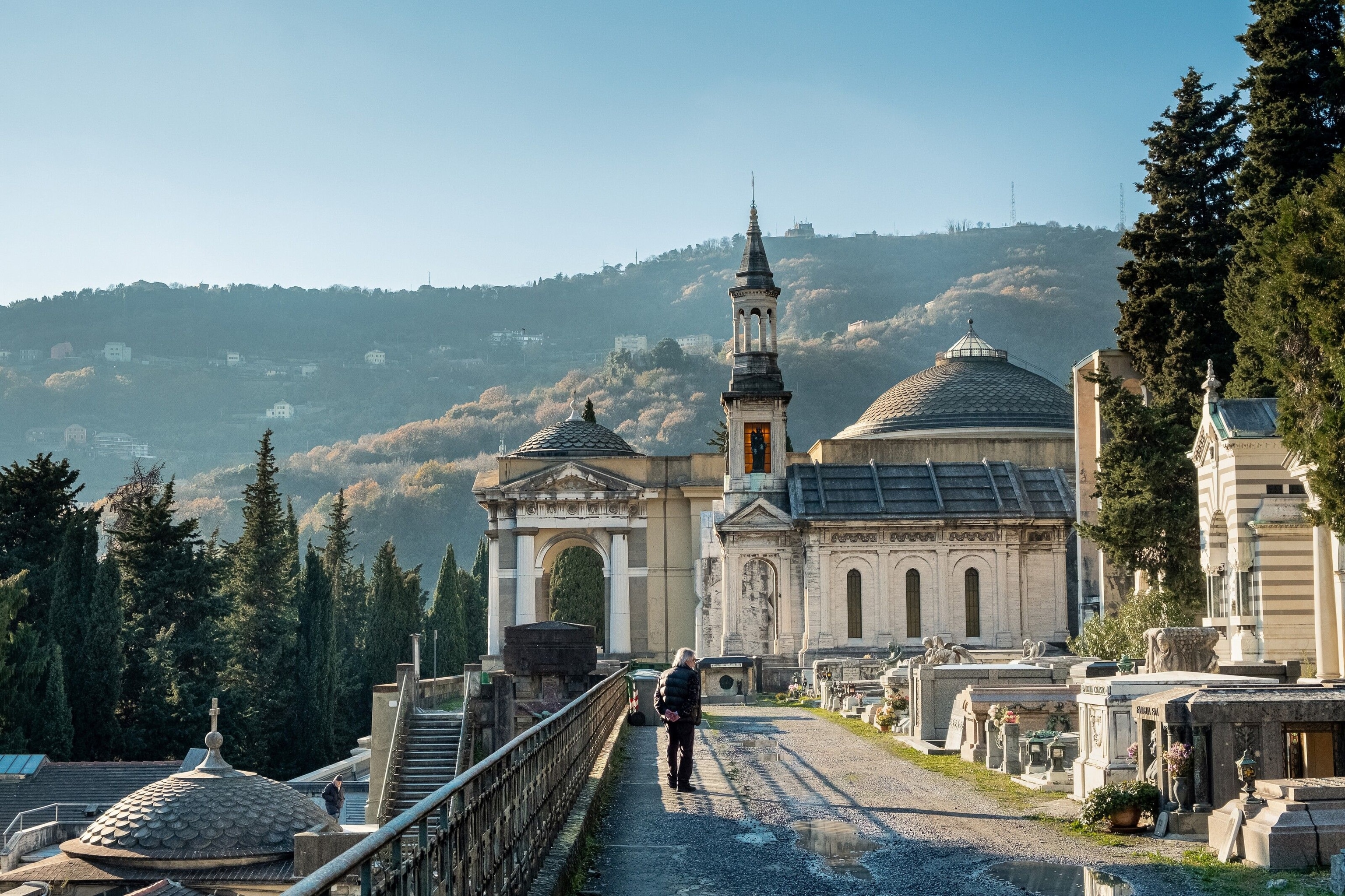
Three local tips
Find the best pesto: Not all pesto is created equal. The finest is so fresh it must be kept in the fridge and should be eaten within five days. It’s best tried at Il Genovese, a hyper-local restaurant in the ‘new’ part of town, which produces its own pesto.
Take the lift: There’s no getting away from Genoa’s hilly terrain — unless you use the lifts and funiculars, which heave you up the cliffside. Search ‘ascensore’ and ‘funicolare’ on Google Maps to find the nearest. One of the most famous feats of engineering is Ascensore Castello d’Albertis-Montegalletto, which starts as a train ride before winching commuters skywards.
Go for brunch: Chef Paolo Ferralasco had a curious fondness for spoons as a child and has turned that obsession into Zupp, a restaurant serving only food that requires spoons. At night, that means meal-in-one soups; on weekends, locals flock for the smorgasbord brunch, served on the church steps in pretty Piazza San Matteo.

Three of the best bars
Les Rouges: Take a Rolli Palace completed in 1560, stick a chichi cocktail bar inside, and you have Les Rouges, occupying the first floor of the fresco-roofed, stucco-slathered Palazzo Imperiale. Here, classical-style busts watch over the bar from niches, and the negronis are so popular they’re sold for takeaway by the bottle.
Il Mugugno: Try an aperitivo at this super-friendly bar on a medieval alleyway and you might not need dinner afterwards. The house plies you with generous snack platters, such as ham, salami and mortadella, or cheese fritters. There’s a good wine selection, too, but it’s the warm welcome that stands out most.
Caffè Letterario delle Erbe: This longstanding bookshop is now a ‘literary bar’, where tables are crammed beneath shelves filled with books for sale, and art exhibitions by up-and-coming locals line the walls. Say yes to the aperitivo platter, and enjoy it outside in the bar-filled square.
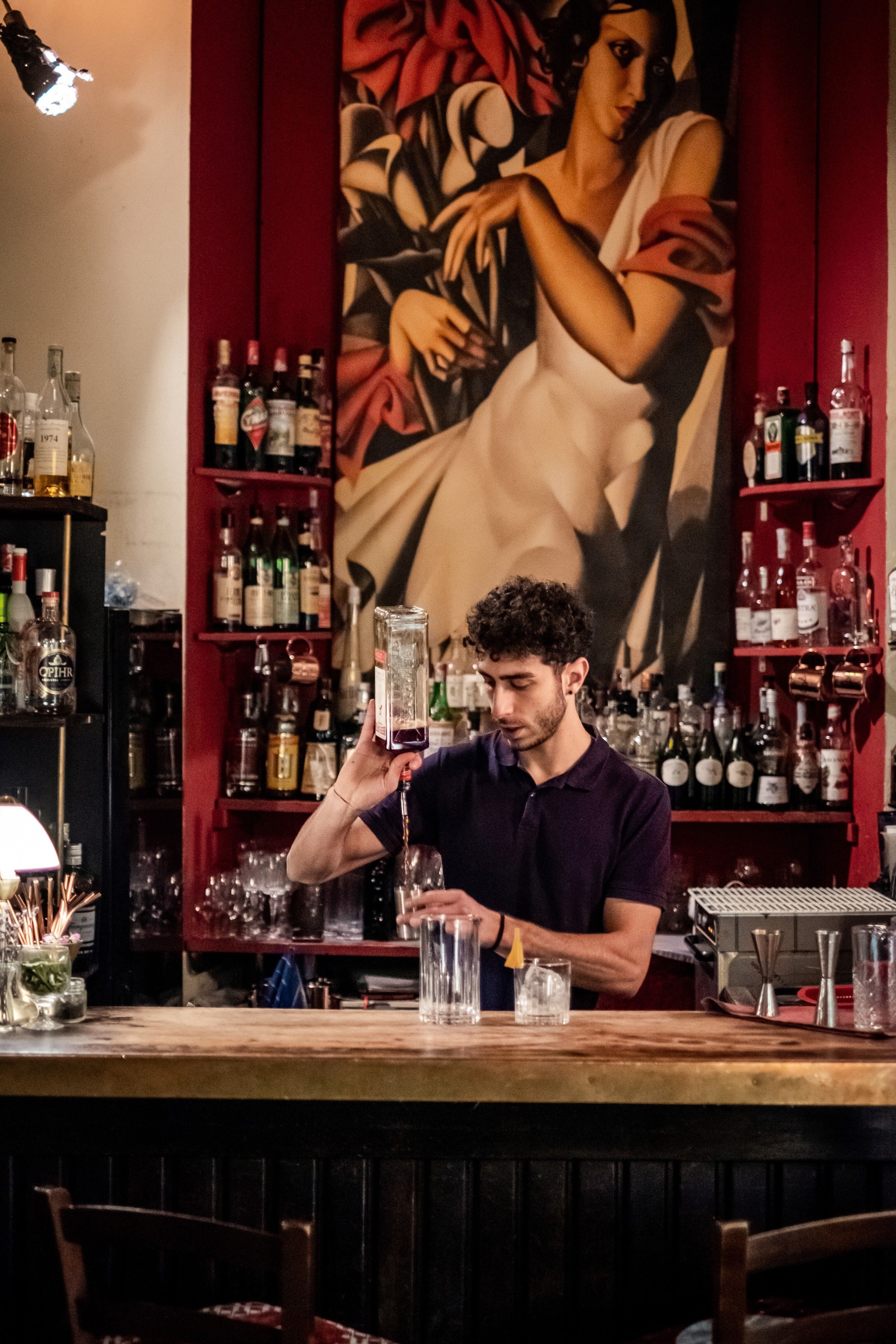
Essentials
Getting there & around
You could do the entire journey by train — Trenitalia launched a high-speed Paris-Milan route in 2021. Change at Turin, to save time. trenitalia.com Ryanair flies directly to Genoa from Stansted. Alternatively, fly to Turin or Milan with airlines including British Airways (Heathrow) and EasyJet (Gatwick). The two cities are connected to Genoa by train in two hours or 90 minutes, respectively.
Average flight time: 2h.
Pack your walking shoes as the medieval centre is off limits to public transport and taxis are too wide for many caruggi. Fortunately, the city is walkable, if steep. Public lifts and a funicular are available for £1.25 a ride (day passes are cheaper) and will whisk you up to the higher levels. The airport is close to the centre — about 15 minutes away by bus or taxi.
When to go
Genoa’s climate is generally mild with plenty of rain. It’s a good high-season pick as average temperatures don’t exceed 30C, while winters are much milder than the biting cold experienced elsewhere in the north. Spring and autumn are also pleasant, though bomba d’acqua — intense but short rainfalls — are common.
More info
Genoa Tourism.
Lonely Planet Pocket Genoa & Cinque Terre. £7.99
How to do it
Kirker Holidays offers three nights at the four-star Grand Hotel Savoia, B&B, with flights and private transfers, from £498 per person.
Published in the April 2022 issue of National Geographic Traveller (UK)
Follow us on social media
Facebook | Twitter | Instagram
